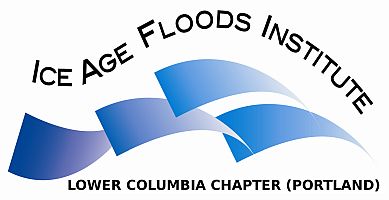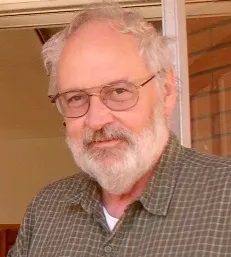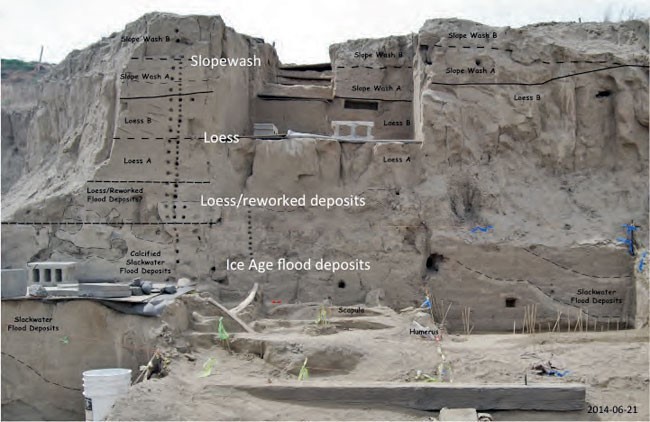"Paleontology Panel" - The Willamette Valley Pleistocene Project - The river & landlocked search for Ice Age Fossils with Mike Full & Dave Ellingson, Moderator: Yvonne Saarinen Addington Thursday, September 26, 2024, Presentation 6:30-7:30PM Simultaneous/ZOOM presentation from the Tualatin Public Library, 18878 SW Martinazzi Avenue, Tualatin, OR 97062 Note: We must Depart Tualatin Public Library by 8PM Sharp!!! If you cannot attend in person, join us online. Click here to join zoom meeting Meeting ID: 869 4651 3479 Passcode: 322382 The Willamette Valley, at the time of the Ice Age Floods 18K-15K years ago, was backwater many times for massive floodwaters raging through the Columbia River Gorge to the Pacific Ocean. It became known as Temporary Lake Allison for the Geologist who first studied the Willamette Valley as a lake. The Willamette Valley Pleistocene Project explores the late Pleistocene and early Holocene of the Willamette Valley in Northwest Oregon. Comprised of local volunteers and resources, avocational paleontologists, land owners, and local government working alongside trained professionals and museum staff, the goal is to discover, study and preserve our prehistoric past. Mike, Dave and Yvonne are all members of this project. Every fossil is collected according to scientific standards, documented, stabilized and curated into a database open to the public. The entire collection is destined to stay within the public domain and will ultimately be donated to an appropriate educational institution. Mike Full David Ellingson Mike Full is a retired Police Officer and native Oregonian with a life long fascination of fossils and prehistoric life. Each summer finds him searching rivers in the Willamette Valley for fossils. He is accompanied by friends, students. volunteers and researchers. His fossil collection includes mammoth, mastodon, giant ground sloth, bison, horse, elk, camel, deer, giant beaver & wolf. David Ellingson, a biologist and paleontologist, teaches Paleontology at Woodburn High School. Here he has a dig going many years (25) for megafauna and fauna fossil bones which involves his students in summer months. Yvonne Addington Yvonne Addington is a native Oregonian. She has lived in Tualatin most of her life. In her public service career, she has worked for five Oregon Governors. She is Tualatin's first City Manager and had a role in the formation of the City. She also served for years as Municipal Judge. Her main interest has been preserving the history of the area, particularly fossil bones and erratic rocks of the Ice Age Floods. She's a member of the Tualatin/Willamette Ice Age Foundation. Yvonne is a Board Member of Willamette Falls Heritage Area Coalition representing LCC/ IAFI where she's on the Lower Columbia Chapter Board of Directors. Tualatin Mastodon She rediscovered the bones of the Tualatin Mastodon at Portland State University, which she then gave to the City of Tualatin where they are now on display on the Library's glass wall (see photo). The Mastodon bones were found and originally dug by PSU student John George near the creek South of Tualatin's Fred Meyer store.








